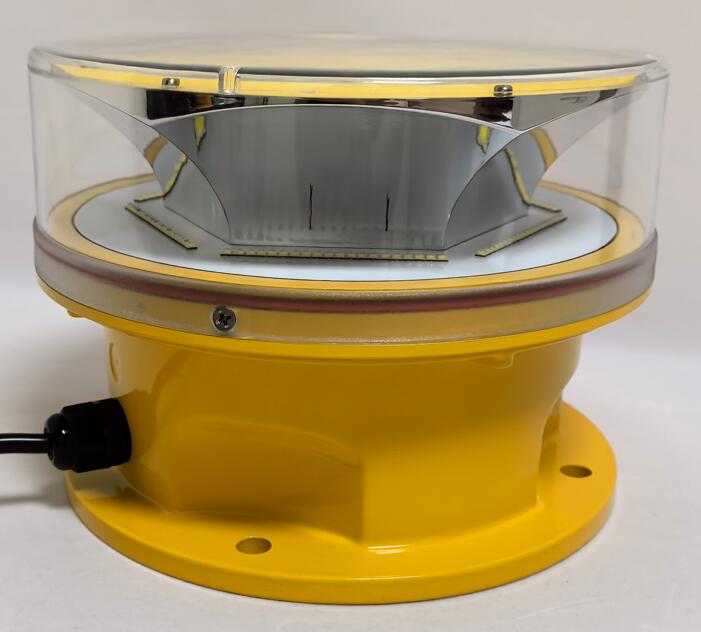Aircraft Warning Systems: Safeguarding Skies Through Visibility and Technology
As air traffic continues to grow worldwide, aircraft warning systems have become indispensable for preventing collisions and ensuring safe navigation. These systems encompass lighting, radar reflectors, and electronic signaling technologies designed to make aircraft and obstacles visible to pilots and air traffic controllers. This article examines the different types of aircraft warning solutions, their regulatory requirements, and emerging innovations that enhance aviation safety.
The Importance of Aircraft Warning Systems
Aircraft warning mechanisms serve two primary purposes:
Obstacle Illumination – Ensures tall structures (towers, wind turbines, buildings) are visible to pilots.
Aircraft Visibility – Helps other air traffic and ground personnel detect an aircraft in low-visibility conditions.
Without effective aircraft warning systems, the risk of mid-air collisions, runway incursions, and ground accidents increases significantly.
Types of Aircraft Warning Solutions
1. Lighting Systems
High-Intensity Obstruction Lights (Type A/B/C)
Used on tall structures to comply with FAA and ICAO regulations.
Red or white flashing lights for maximum visibility.

Anti-Collision Beacon Lights
Mounted on aircraft fuselage (red rotating or white strobe).
Critical during takeoff, landing, and taxiing.
| aircraft warning |
Navigation Lights
Steady red (left wingtip), green (right wingtip), and white (tail) lights.
Help pilots determine an aircraft’s direction at night.
2. Radar-Based Warning Systems
Transponders & ADS-B
Broadcast aircraft position to air traffic control and nearby planes.
Essential for collision avoidance in controlled airspace.
| aircraft warning system |
Radar Reflectors
Installed on unpowered obstacles (e.g., cranes, masts) to enhance radar detection.
3. Audible and Digital Alerts
TCAS (Traffic Collision Avoidance System)
Issues cockpit alerts when another aircraft is too close.
Commands evasive maneuvers if necessary.
GPWS (Ground Proximity Warning System)
Warns pilots of potential terrain collisions.
Regulatory Standards for Aircraft Warning Systems
Global aviation authorities enforce strict aircraft warning guidelines:
FAA (U.S.) – Requires obstruction lighting on structures above 200 ft and anti-collision lights on all aircraft.
ICAO (Global) – Standardizes light colors, flash rates, and radar requirements.
EASA (Europe) – Mandates additional visibility measures in high-risk zones.
Non-compliance can lead to operational restrictions or grounding.
Emerging Technologies in Aircraft Warning
LiDAR-Enhanced Detection
Provides 3D mapping of obstacles for better situational awareness.
AI-Powered Predictive Systems
Analyzes flight patterns to anticipate collision risks.
Solar-Powered LED Lighting
Eco-friendly and maintenance-free for remote installations.
Drone Detection & Warning
Prevents conflicts between manned aircraft and UAVs.
Aircraft warning systems are the backbone of modern aviation safety, reducing risks through visibility and smart technology. As airspace becomes more congested, advancements in lighting, radar, and AI-driven alerts will play an even greater role in accident prevention. Compliance with international standards remains essential for all aviation stakeholders—ensuring safer skies for future generations.
By continuously improving aircraft warning technologies, the industry can mitigate risks and enhance operational efficiency in an increasingly complex air traffic environment.
